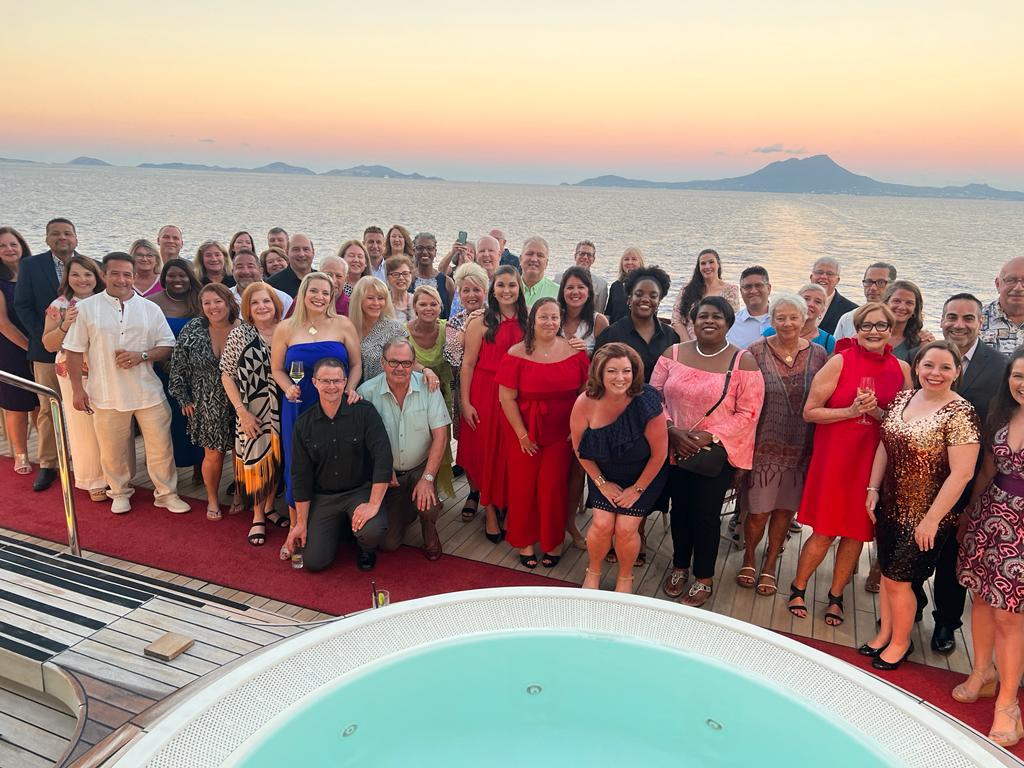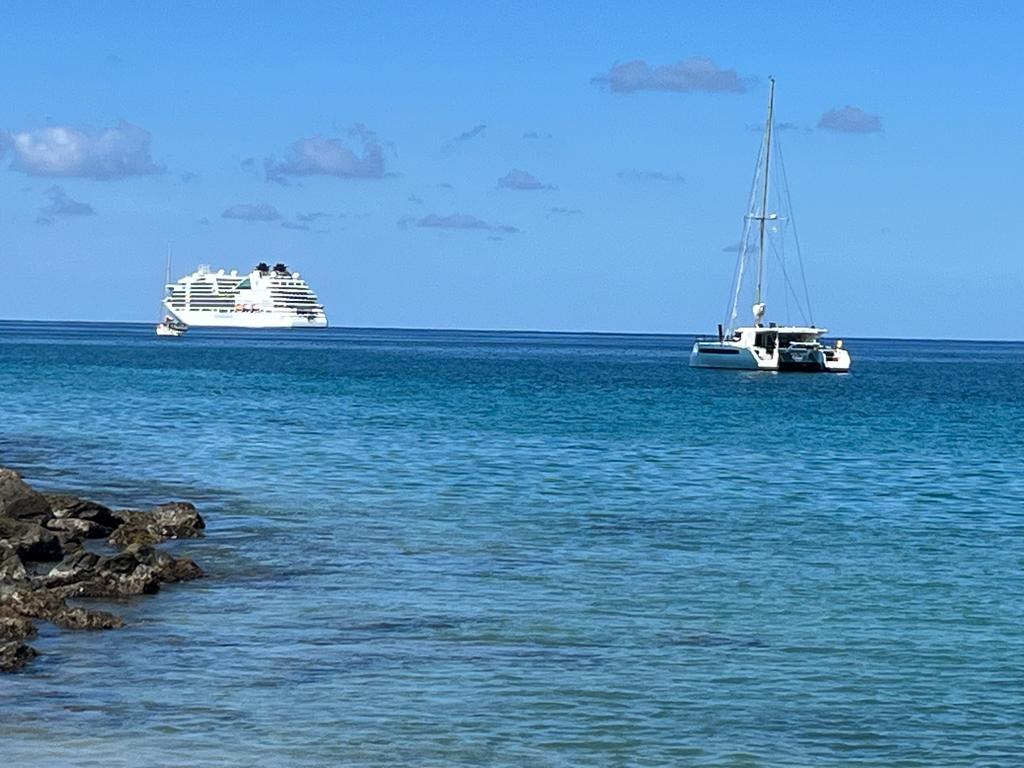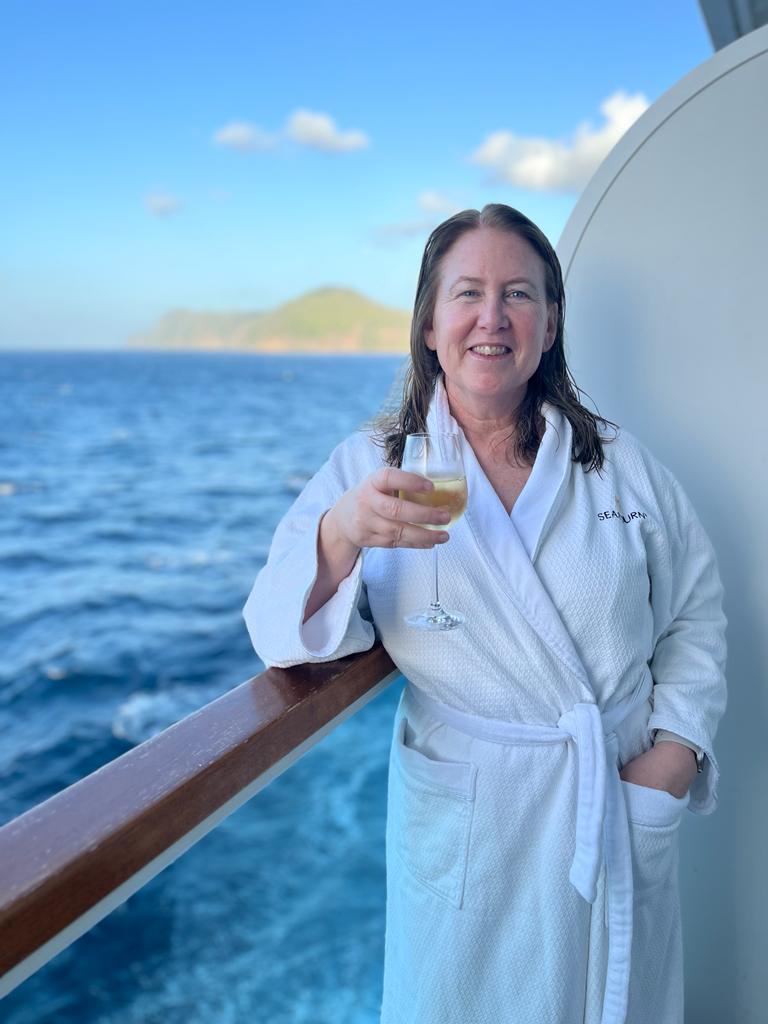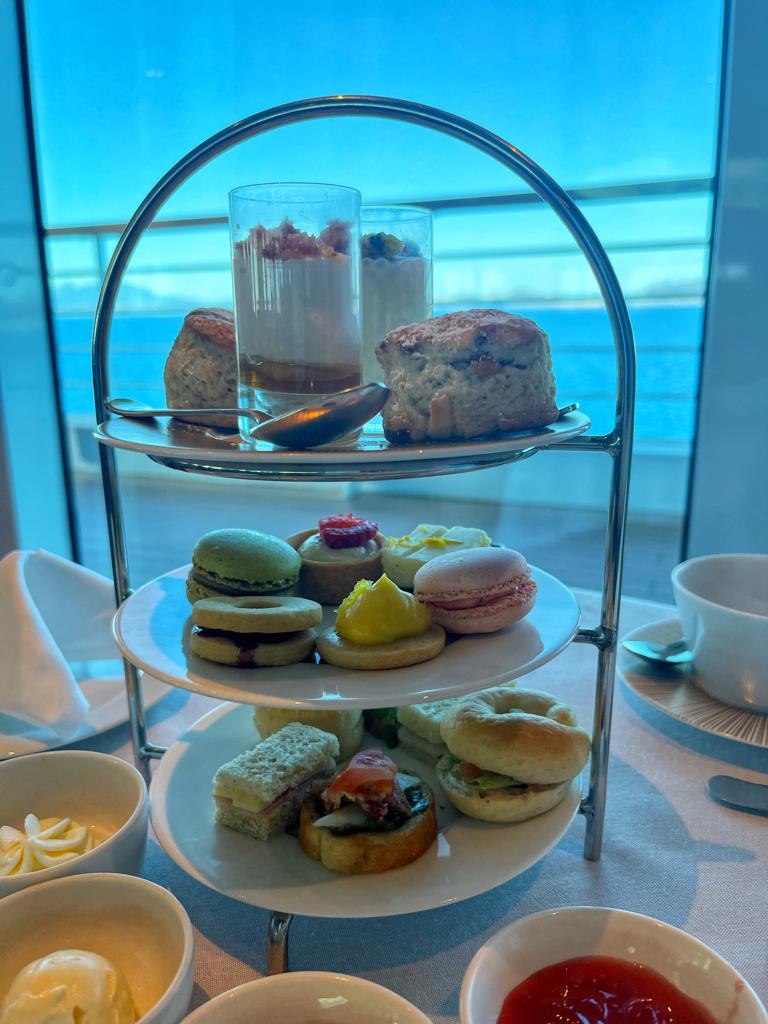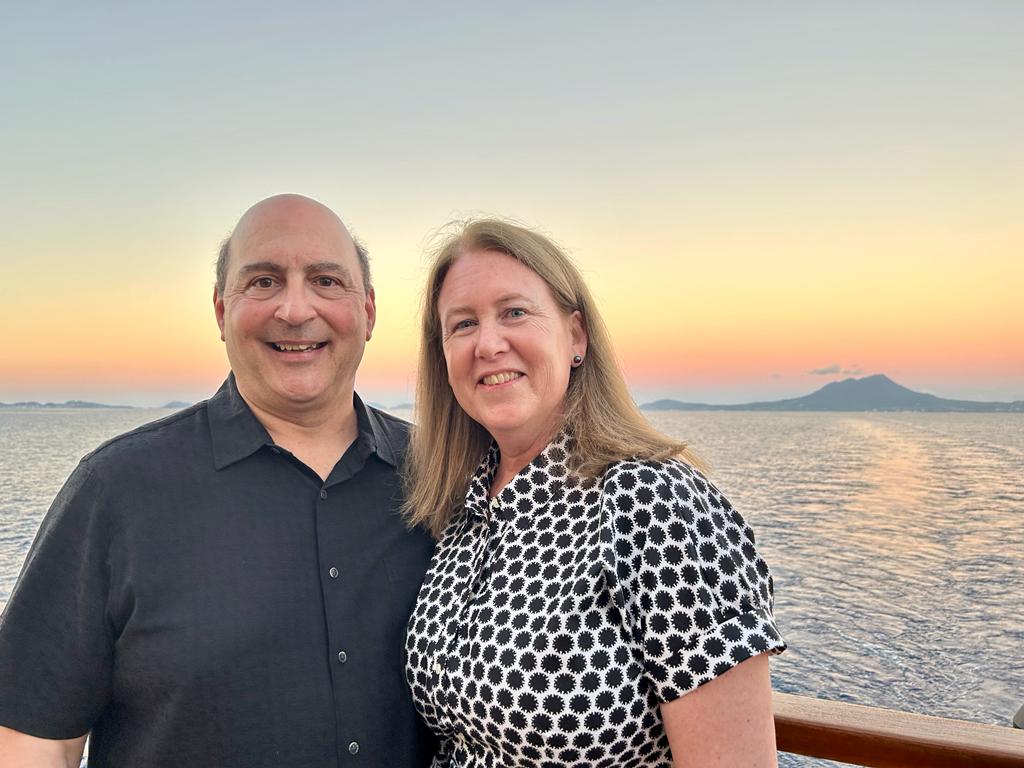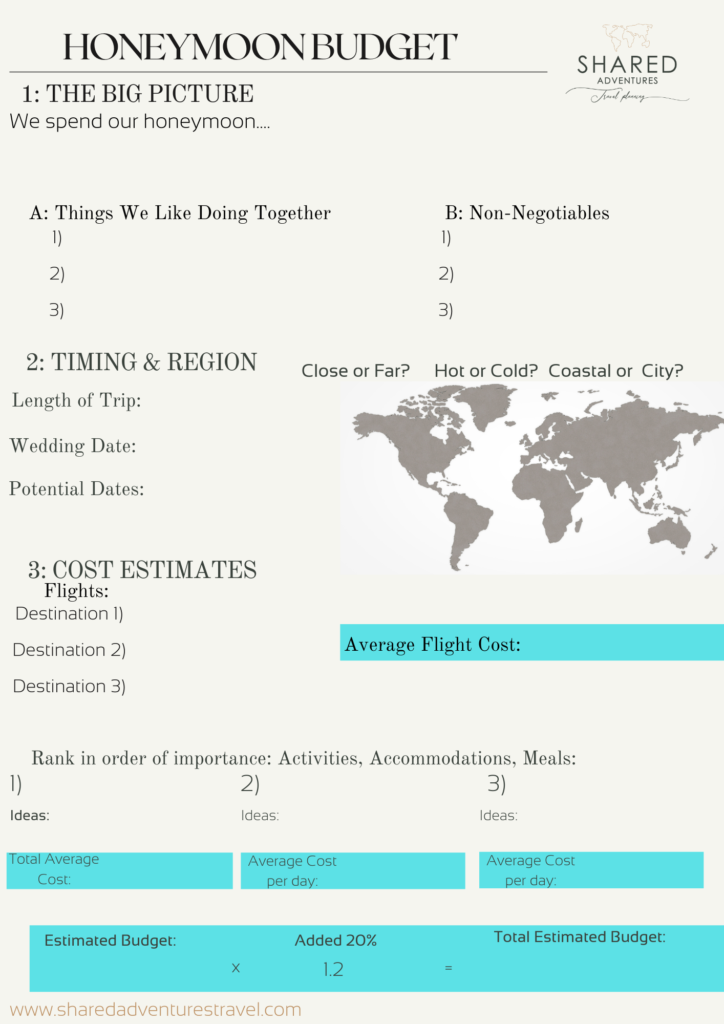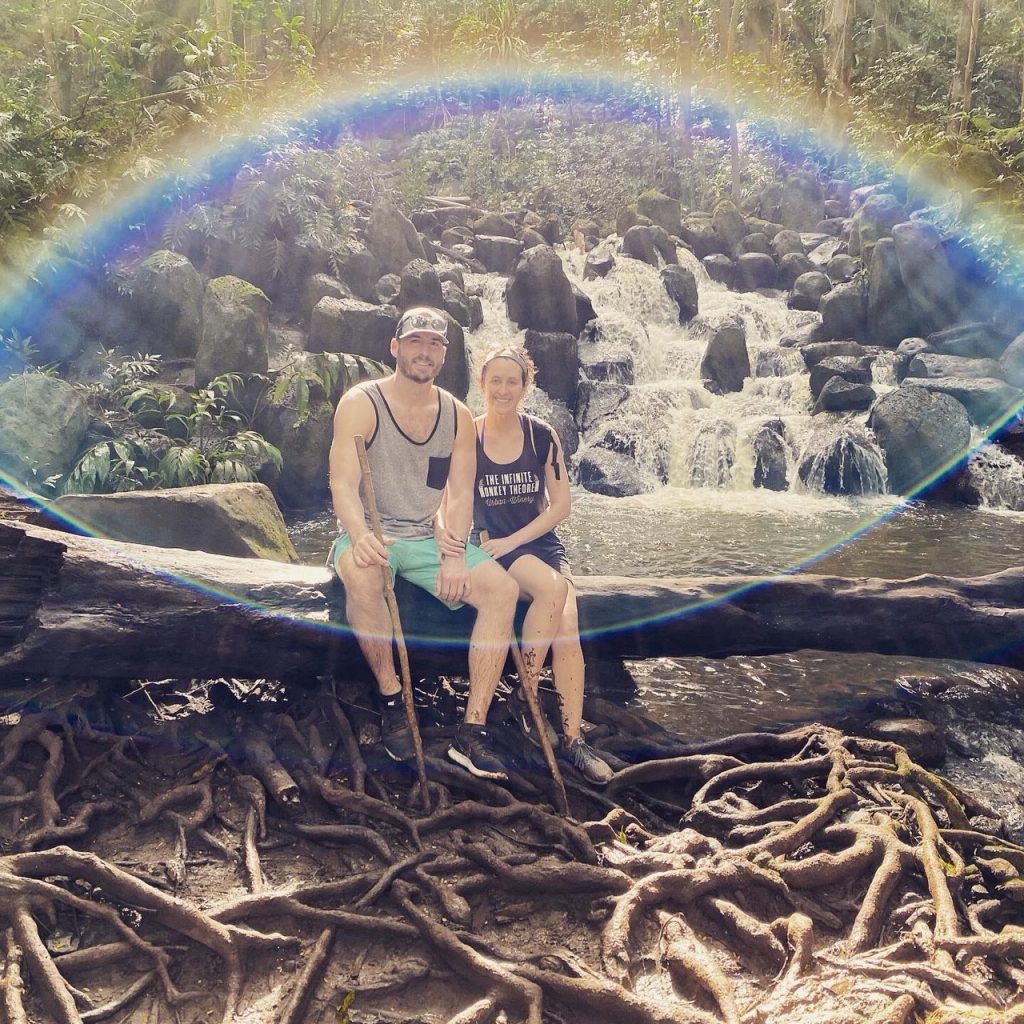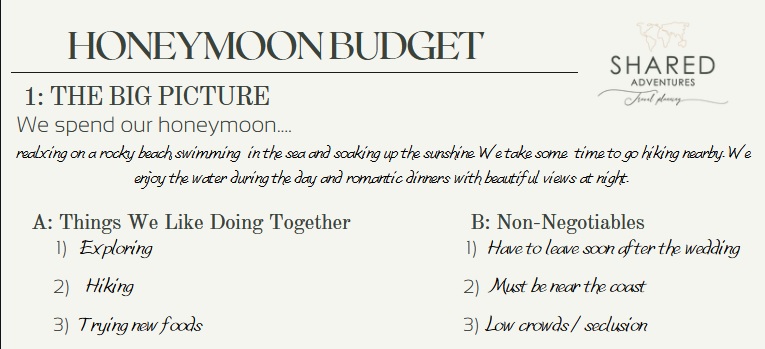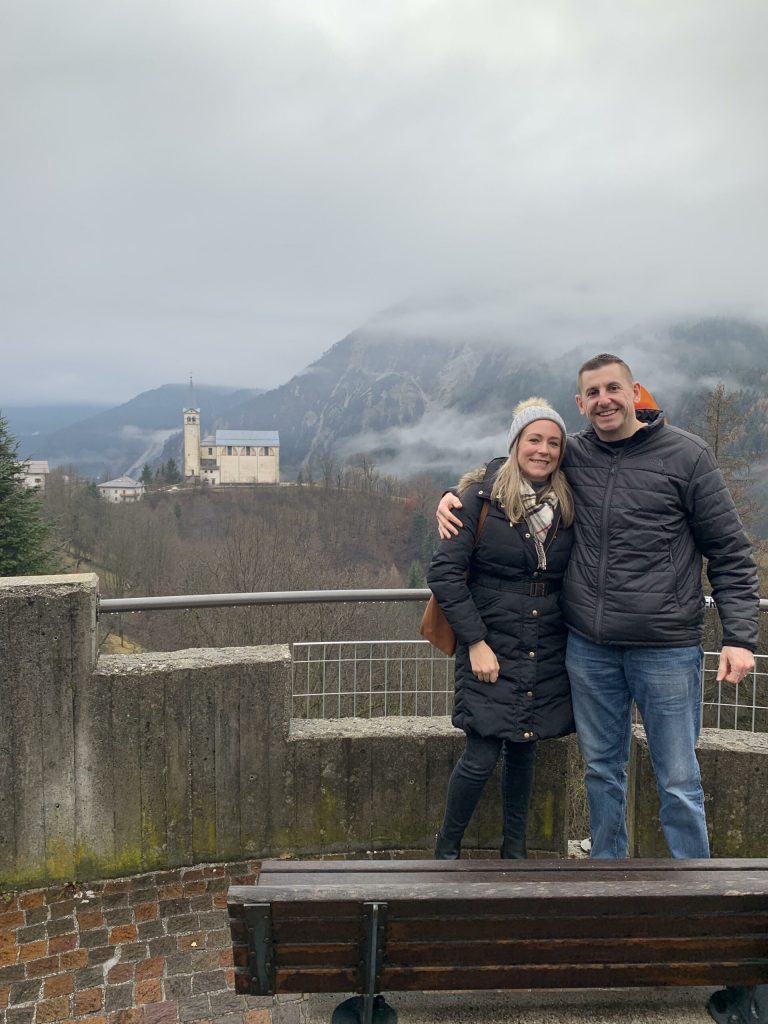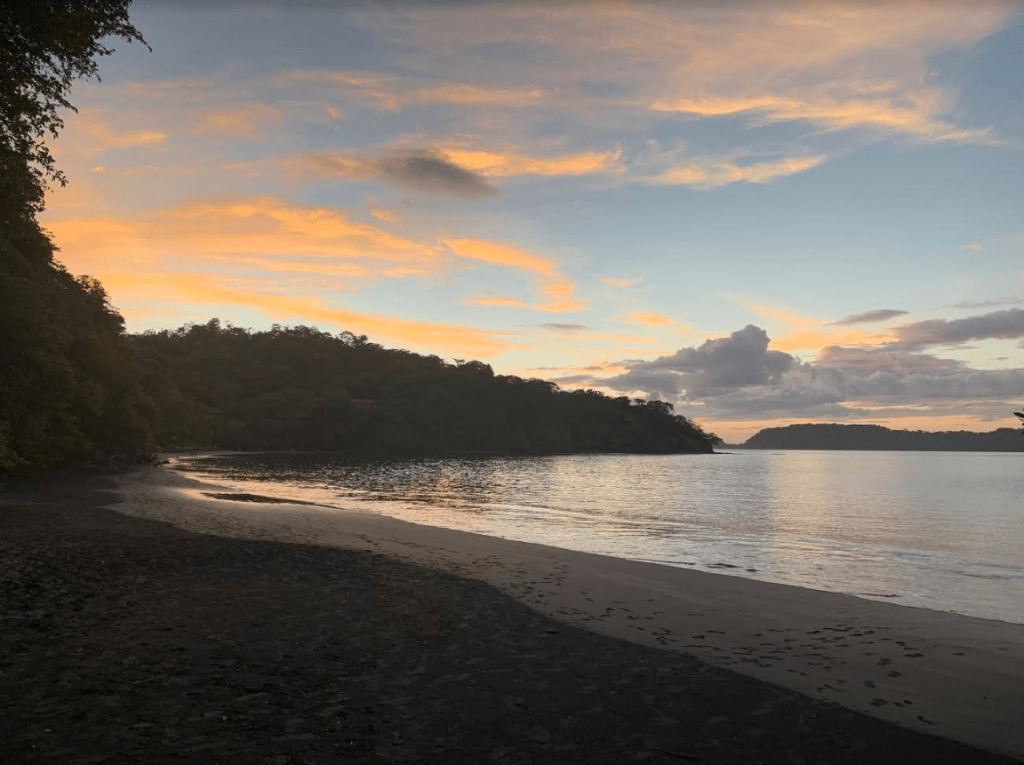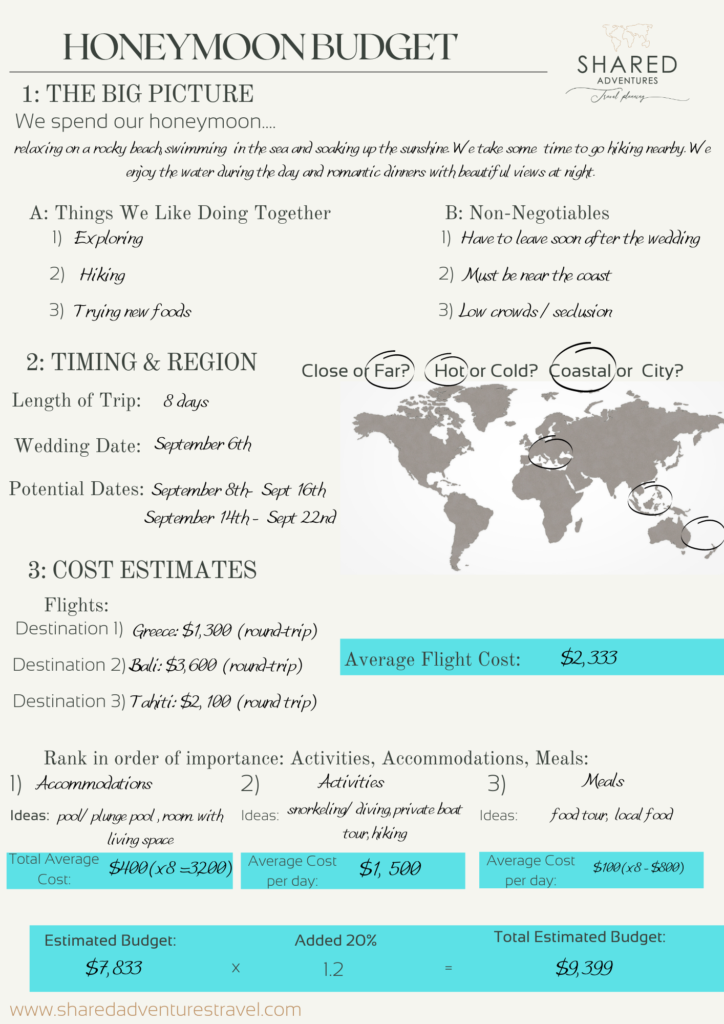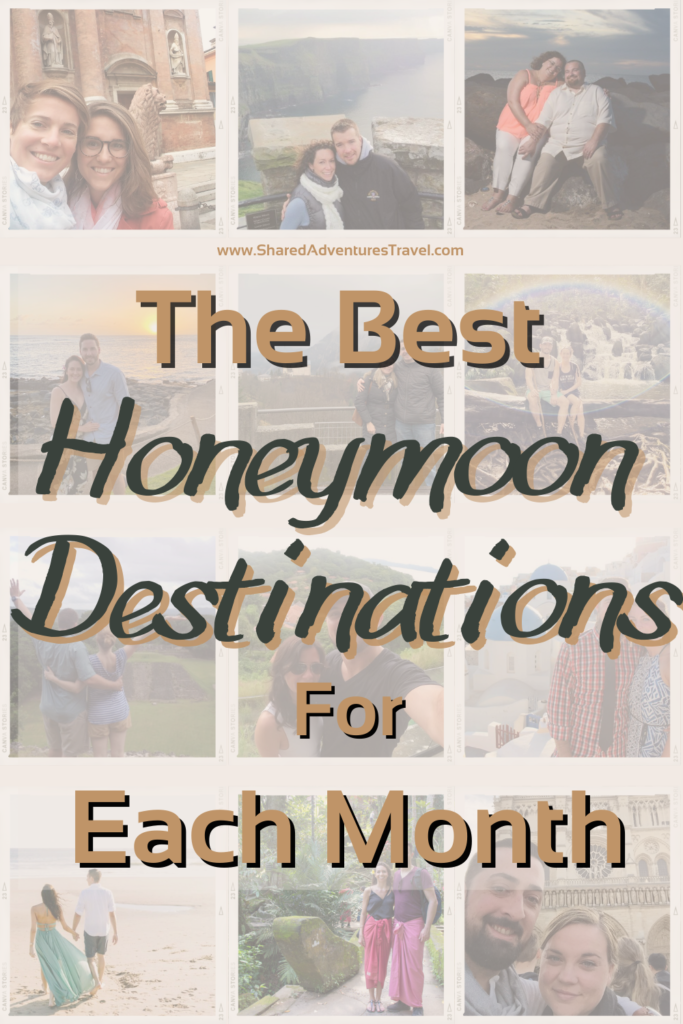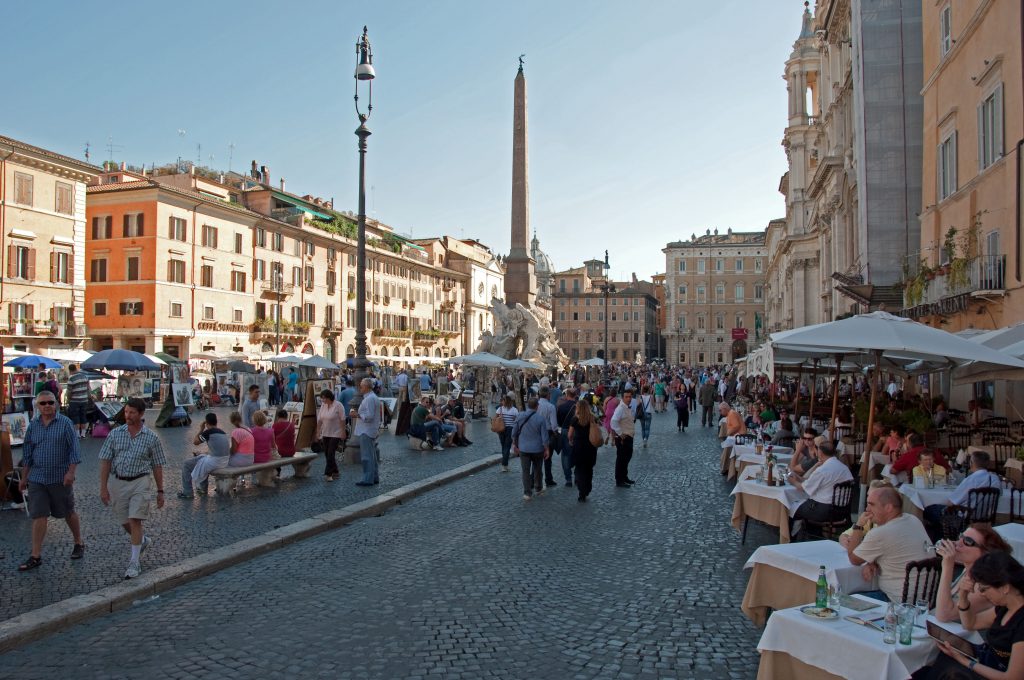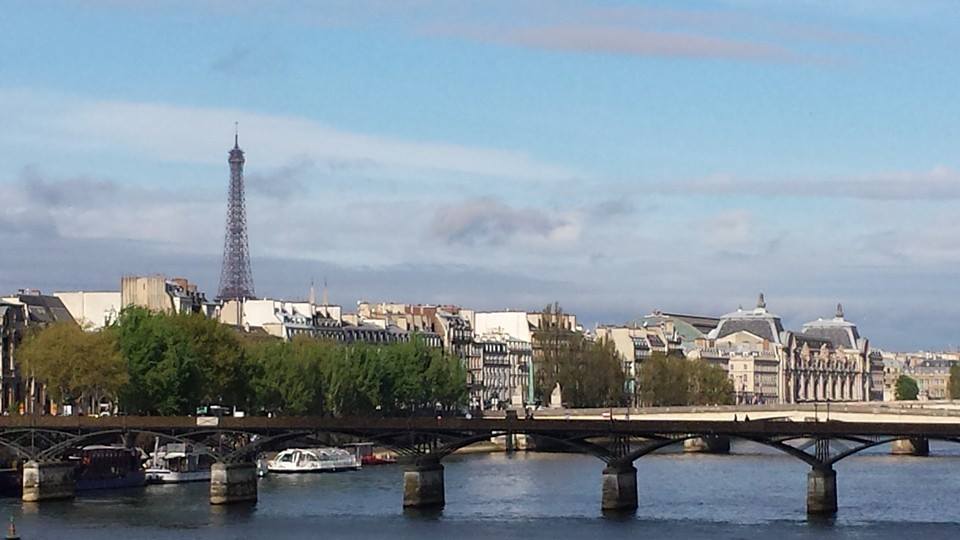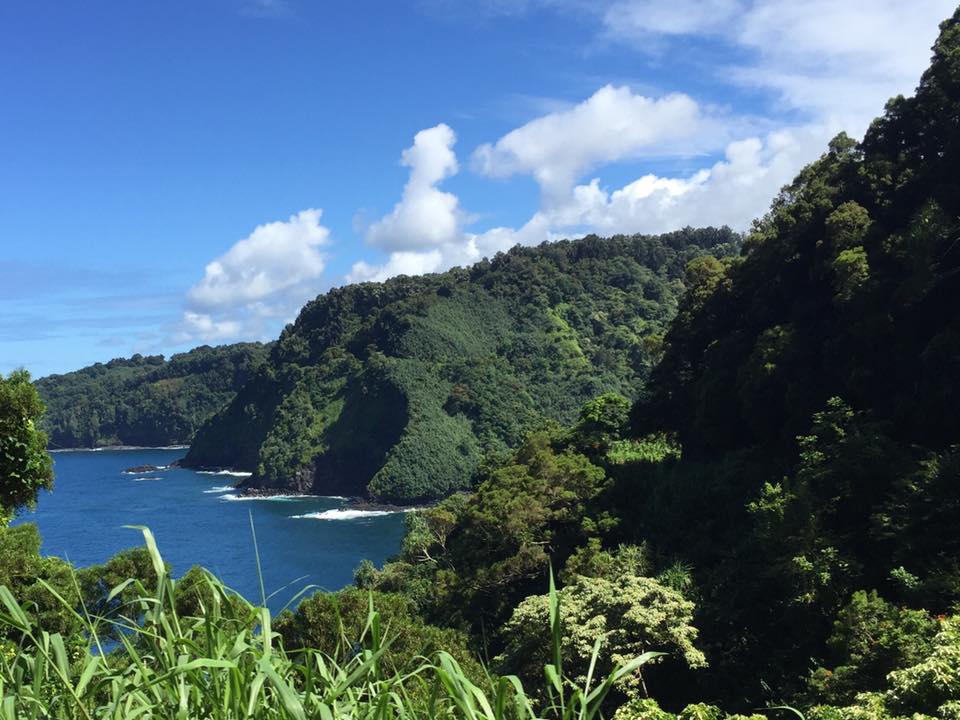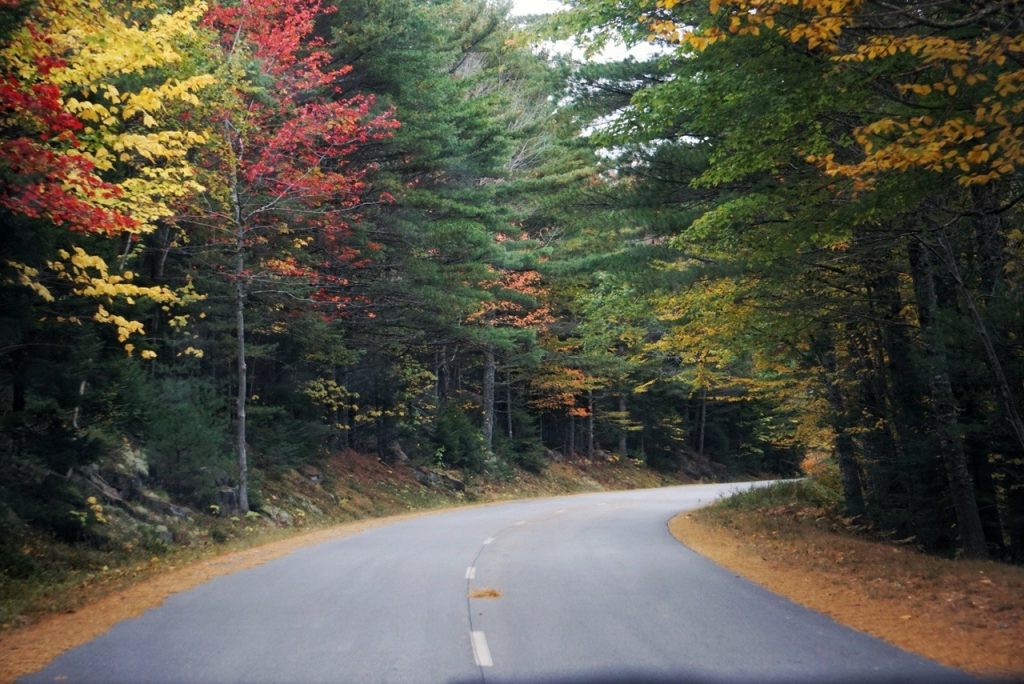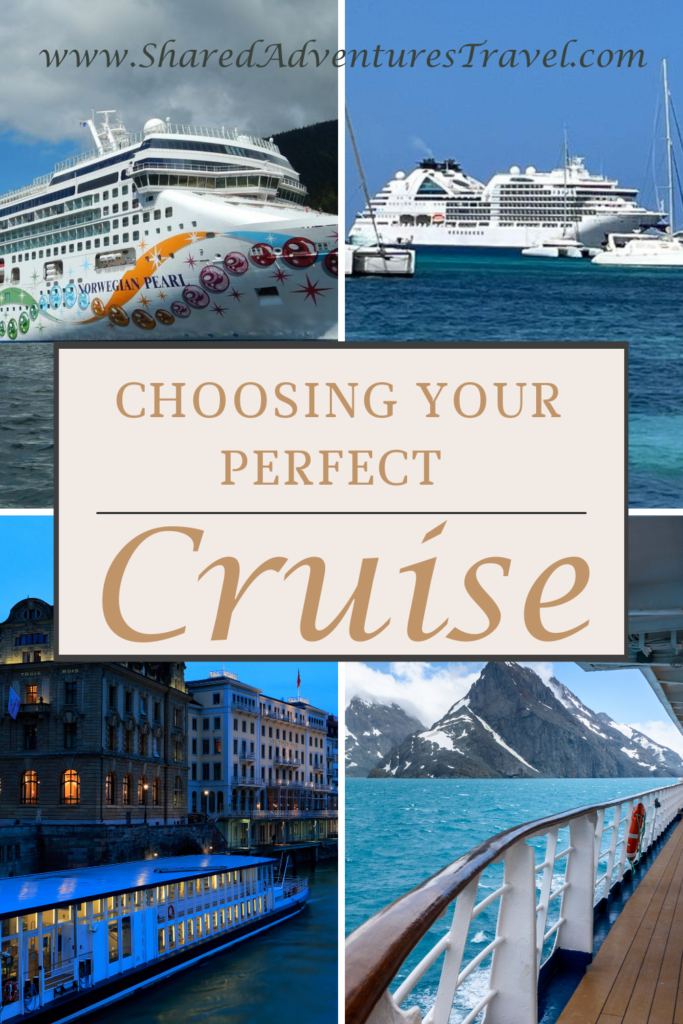
You’re ready to head out onto the water, take the plunge, and take a cruise! But which cruise style is perfect for you? Would you rather enjoy the rolling ocean or a meandering river? Tropical islands, fjords or fascinating European cities? Is your perfect vacation full of activities, adventures, and parties? Or more subdued relaxing, soaking-up-the-sun vibes? You’ve heard of big cruises vs small luxury cruises vs river cruises — but what are the actual differences? Here’s our breakdown of the basics:
Big Mass-Market Cruises
Atmosphere: There’s a sense of excitement aboard the big cruise ships. Whether you’re on Carnival, Royal Caribbean, Norwegian or a slightly more “premium” line like Celebrity — the name of the game is variety! These floating cities offer more options than some small towns!

There’s always something to do, to see, a wide range of amenities, and countless dining options. The focus here is on entertainment — with huge blockbuster-style live shows, live bands, comedians, art auctions, game shows, casinos, and nightclubs. Often, the cruise ship itself is just as much part of the experience as the destinations. You’ll find skating rinks, surfing simulators, roller coasters and more!
Size: The smallest big cruise ship has around 1,000 guests while the largest in the world holds nearly 7,000. And that doesn’t even include the crew!
Pros:
- Huge variety across ships
- Lots of dining options, entertainment, & nightlife
- Visits popular destinations with lots of shore excursion options
- Programs and camps for kids
- Wide range of cabins to suit all budgets
Cons
- Many, many people – you can sometimes feel like another face in the crowd
- Lots of walking to get from one end to another
- Can be difficult to find a sense of seclusion
- Longer lines and wait times
Perfect For: If you’re traveling with a big group or with younger kids this is a great option. Or, if you’re a night owl and love to enjoy live entertainment, then these big ships are perfect for you! There’s always something to do, eat, and see. With lots of shore excursion options – everyone in the group will find something to love. And for the kids – they’ll never get bored! If you’re left a little bit cold by the idea of sailing with that many people, look into a smaller “ship-within-a-ship” experience like The Haven on Norwegian’s ships.
Small Luxury Cruises
Atmosphere: Smaller luxury cruises like the one Ann recently took with Seabourn offer many similarities to the big cruises. But there are a few key differences. The most noticeable change is the atmosphere.
With fewer people and a more luxurious setting, these cruises strive for a personalized and relaxed vibe. You’ll find a focus on culture and nature with not as much nightlife available. There are still several lounges and restaurants, and some live music, but nothing too big or flashy. The focus here is rest and relaxation.
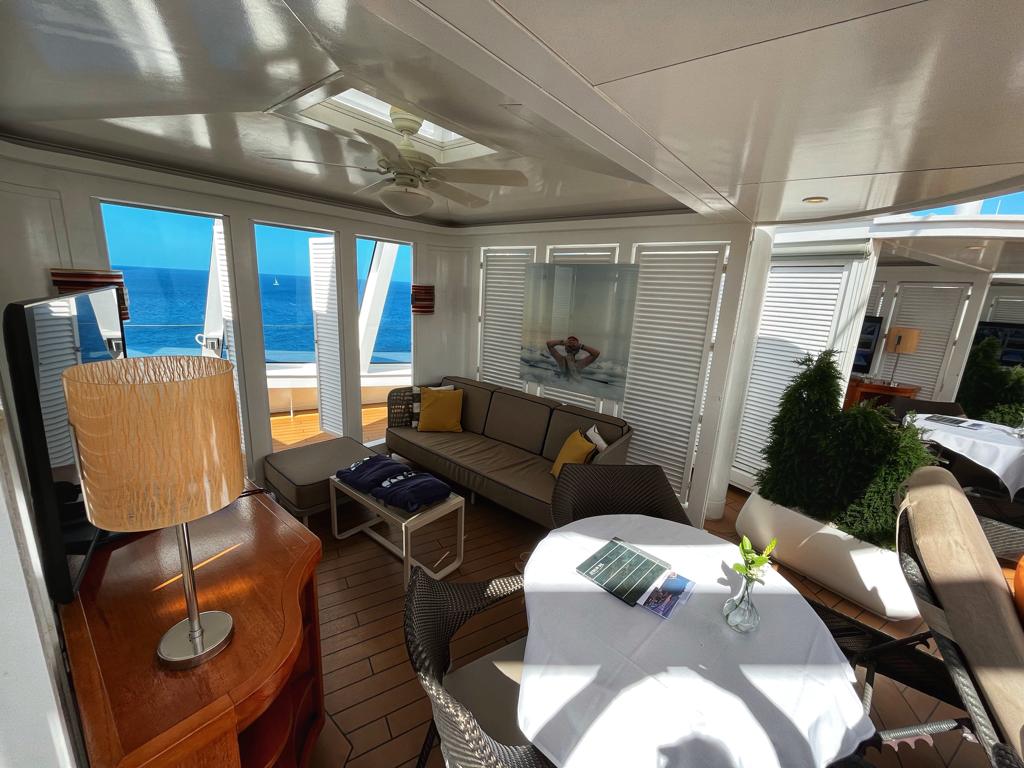
Size: As few as 100 guests ranging up to around 700 guests for these small luxury cruises.
Pros:
- More personal experience – small guest-to-crew ratio
- Larger cabins
- Can access smaller harbors and more out-of-the-way destinations
- Can get you up close to glaciers, whales, waterfalls etc
- Peaceful and romantic vibes
Cons
- Not as much to do on board
- Not very much nightlife
- Higher price tag – can be tough for groups/families
- Not as many activities for kids
Perfect For: Couples cruises, adventurers, and luxury travelers. Anyone who prefers exploring cool destinations at a leisurely pace on their own.
River Cruises
Atmosphere: River cruises are all about that slow travel experience. Meandering down the river watching spectacular scenery and quaint villages drift by. River cruises deliver a sense of serenity and peace. Many river cruise ships offer amenities like a small spa, hot tub or plunge pool on the top deck, and lounges for relaxing with a cocktail. But the focus and excitement can be found in the ports. You’ll visit bustling cities, charming towns and villages, and scenic countryside.
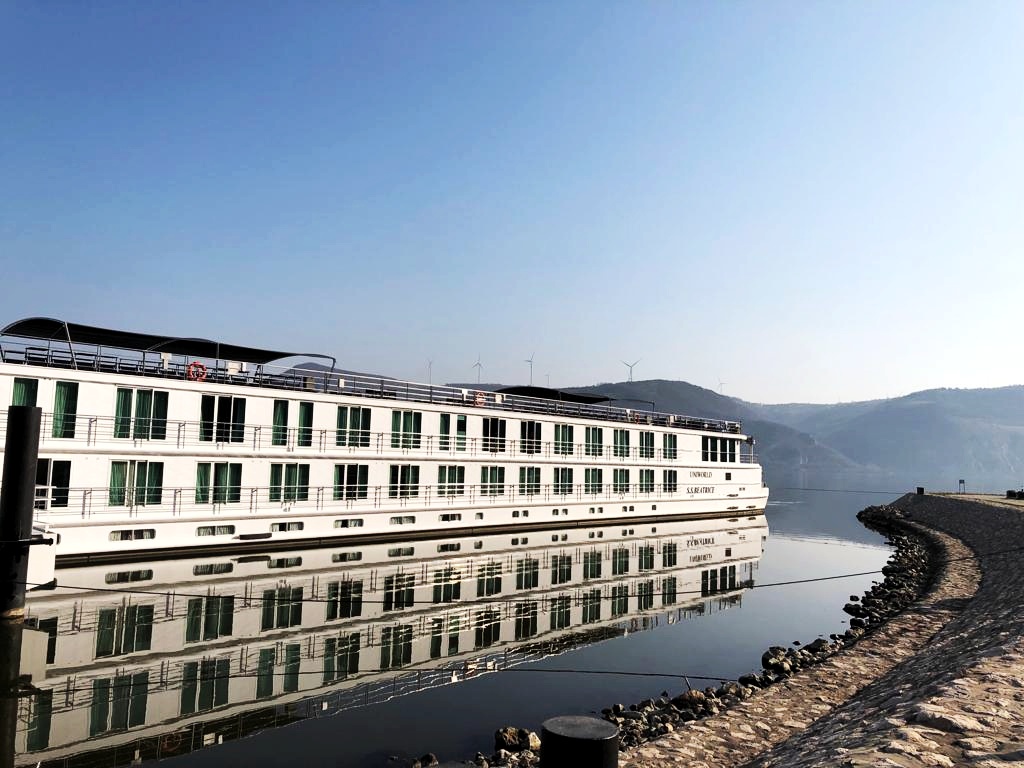
River Cruises generally sail in the evenings, unless they’re on a particularly scenic stretch of the river, and you get to spend much of your day exploring fascinating cities like Amsterdam and experiencing new cultures like traditional Bulgarian folk dances. You won’t have many “sea days” where you’re spending the whole day on board.
River cruises are also more all-inclusive. Usually, your drinks, food, wifi, and many of the shore excursions are all included in the cost!
Size: The smallest cruises on African rivers average just 30 guests while the larger Viking ships reach around 200.
Pros:
- Dock directly in city centers
- Many tours included in upfront cost
- More time in ports – practically no ‘sea days’
- No large crowds
- More of a local, authentic feel in ports
Cons
- Not much nightlife; onboard entertainment tends to be lectures and local musicians/dancers
- Fewer dining options
- Smaller cabins
- Included tours are often in the mornings, so there’s less opportunity to sleep in
Perfect For: Seeing a lot of different locations in one cruise, older couples, history buffs, those who like city breaks, and those who like exploring different cultures.
Expedition Cruises
Atmosphere: Expedition Cruises are voyages to hyper-specific far flung destinations. With a huge focus on nature and a sense of adventure. These cruises are smaller and have local experts leading you every step of the way. There’s not much to do onboard the ship itself, but you don’t notice because your days are so full of exciting exploration you sleep soundly each night.
On expedition cruises, you’ll experience out-of-the-way destinations like the Galapagos, Antarctica, or the Norweigan Fjords. All the guests enjoy a love of adventure activities and totally unique experiences. The focus is on the entire journey and environment in which you are traveling not just the port.
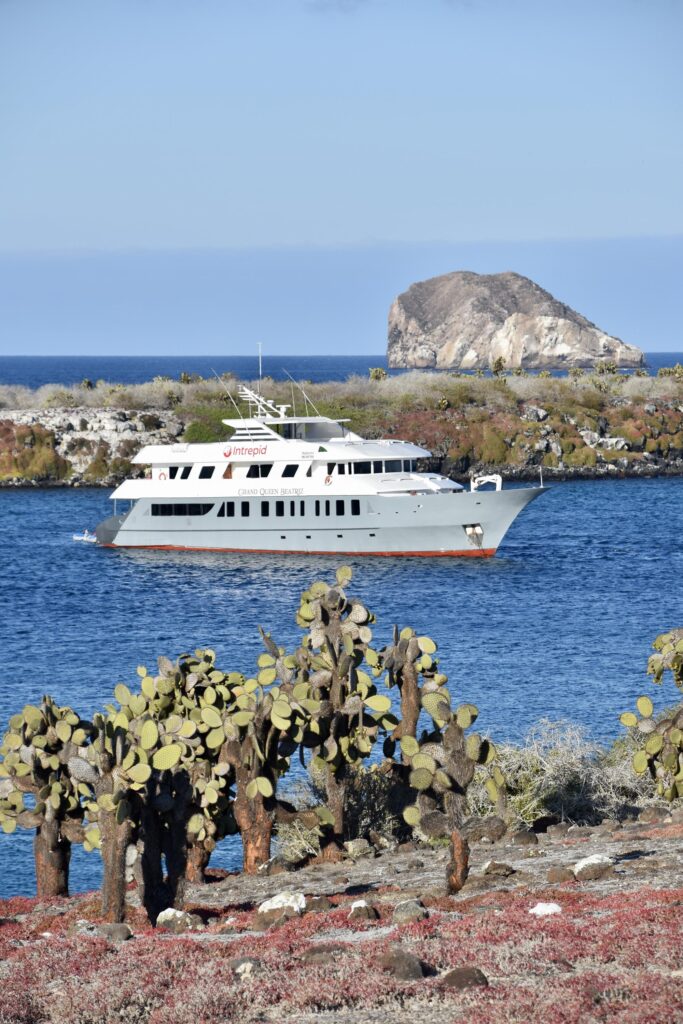
Size: The smaller ships will only hold around 30-40 guests but can go up to 300 for the bigger voyages.
Pros:
- Incredible far-flung destinations
- Lots of unique experiences
- Expert guides with you every step
- Daily activities included in the cost
- Generally adults only
Cons
- Not as much to do onboard
- Moderate physical fitness and mobility necessary
- Not much “beach & relax” time
- Require an investment (in time and money)
Perfect For: Big adventures and bucket list trips. If there’s a place you’ve always wanted to see or an adventure you’ve always dreamed of experiencing, this is the perfect opportunity. Good to do when you’re younger as the fitness level necessary can be more demanding.
There are so many choices when it comes to cruising, we hope this little guide helps you decide which style of cruise is the perfect fit for your next vacation!
